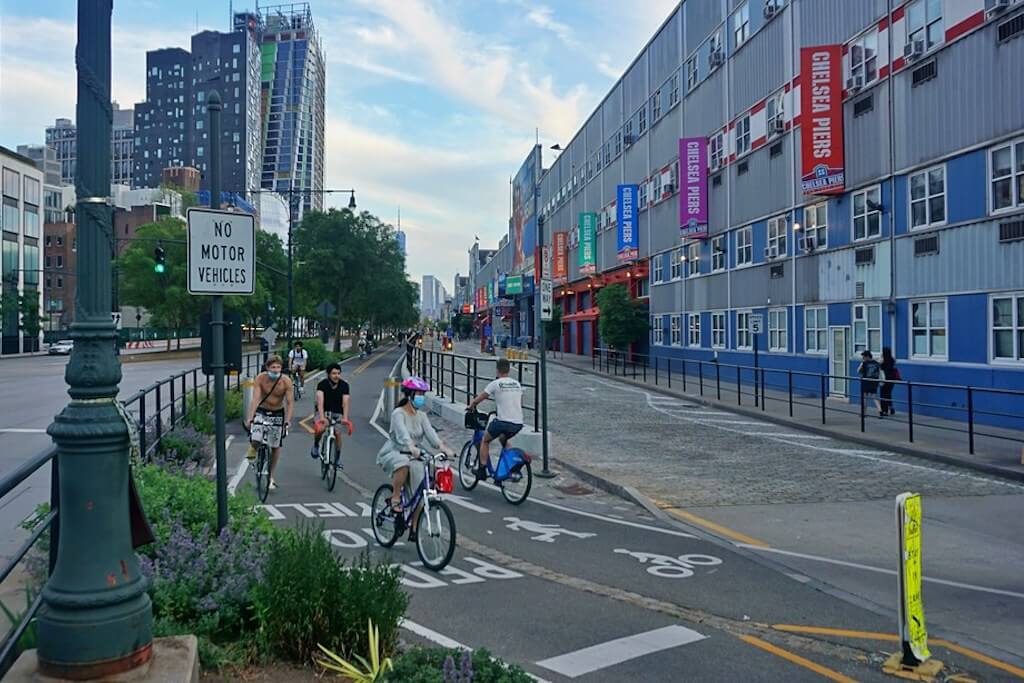The Push to Prohibit Right Turns on Red Lights in Denver
Amidst a rising concern for pedestrian and cyclist safety, there is a growing push to ban right turns on red lights across Denver.

Amidst an increasingly pressing concern for the safety of pedestrians and cyclists navigating Denver's streets, there is a burgeoning movement advocating for the prohibition of right turns on red lights throughout the city. This initiative arises from a confluence of influential factors, notably including persistent advocacy efforts from organizations such as the Denver Streets Partnership and recommendations from citizen transition committees established during Mayor Mike Johnston’s tenure.
Rob Toftness, representing the Denver Bike Lobby, highlights the significant support within the city council, particularly from councilwoman Shontel Lewis, who has emerged as a vocal proponent of the ban. Additionally, Denver's commitment to the Vision Zero initiative, which aims to eliminate traffic-related fatalities and injuries, has added substantial momentum to the cause. With the city witnessing a concerning rise in Vision Zero-related incidents and facing budgetary constraints, proponents argue that implementing a ban on right turns on red lights represents a pragmatic and immediately deployable intervention to enhance safety.
While still in its nascent stages, the implementation of signage restricting right turns on red at select high-traffic intersections is already underway, aligning with recommendations outlined in the Manual on Uniform Traffic Control Devices (MUTCD).
“To revert our municipal code to a safer version by eliminating turns on red is a sound policy decision,” asserts Toftness. “While collisions resulting from right turns on red may be relatively low, data indicates that such policies have had adverse effects on intersection users outside of vehicles.”
Advocates of the proposed ban underscore its manifold benefits, ranging from heightened safety for pedestrians and cyclists to smoother traffic flow and simplified decision-making for motorists. Moreover, the recent enactment of Colorado’s Safety Stop law, which permits cyclists to treat red lights as stop signs, underscores the imperative to mitigate conflicts between cyclists and turning vehicles at intersections.
“With the implementation of Colorado’s new Safety Stop law and the proliferation of curb-side protected bike lanes, this ban would further reduce conflicts between cyclists and right-turning vehicles,” observes Toftness. “Frankly, the arguments in favor of implementing this policy vastly outweigh any objections.”
Similar initiatives are gaining traction in other North American cities, reflecting a growing trend toward prioritizing the protection of vulnerable road users. Such policies are already commonplace across Europe, where safety measures for pedestrians and cyclists are often more robust. For instance, San Francisco recently conducted a successful trial of the ban in one downtown neighborhood, while Montreal implemented a permanent ban in 2017. Notably, New York City also restricts right turns on red, with the exception of Staten Island.
The Denver Bicycle Lobby has reiterated its commitment to lobbying for this transformative change, seeking to collaborate closely with city council members to propel the initiative forward, much like previous successful endeavors such as the Freedom To Walk legislation. As deliberations advance, stakeholders remain steadfastly focused on prioritizing the safety and accessibility of Denver’s streets for all road users, underscoring the urgency of implementing measures to mitigate the risks faced by pedestrians and cyclists alike.
What's Your Reaction?
































































